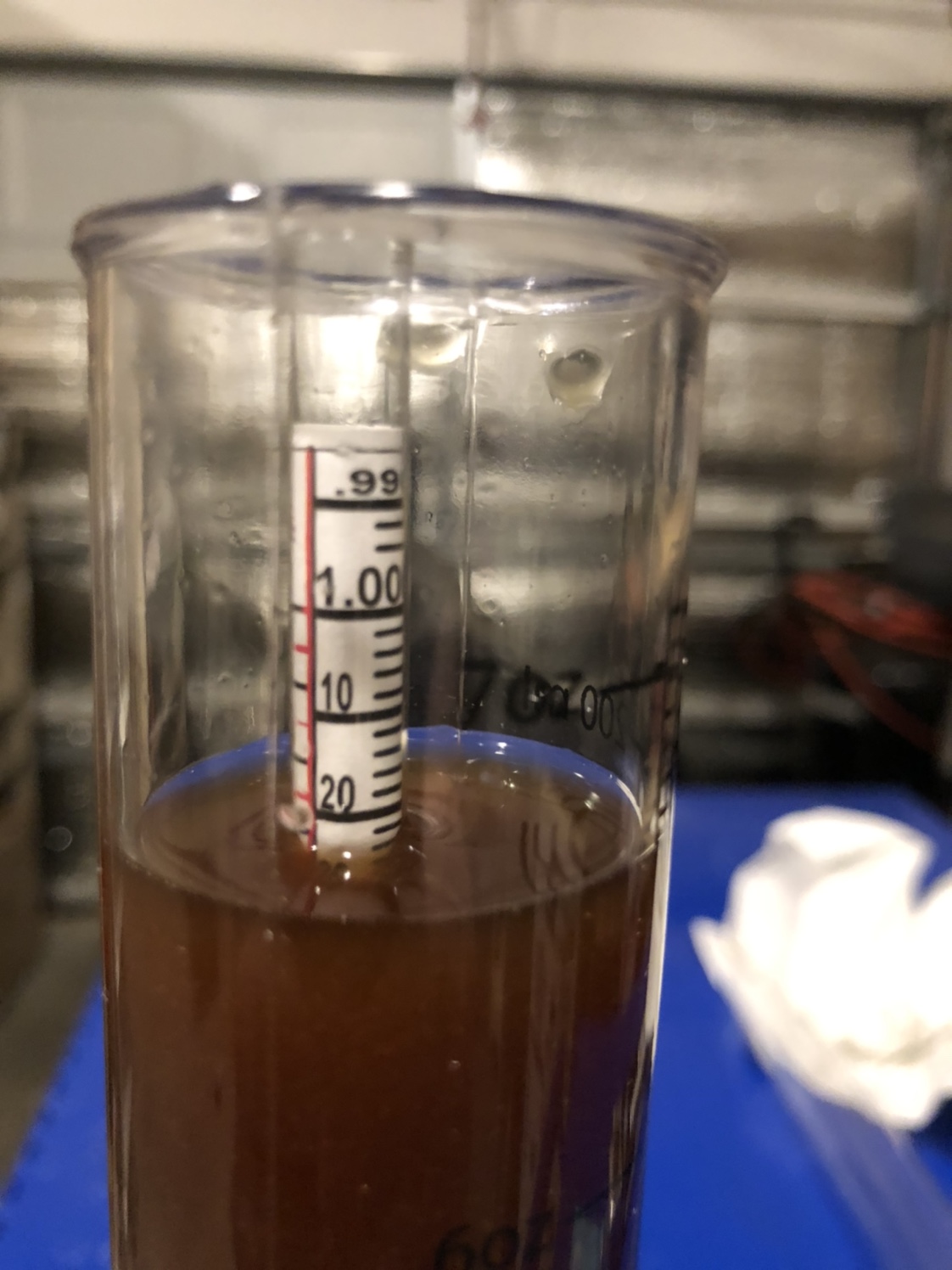user 263363
Well-Known Member
- Joined
- Feb 18, 2019
- Messages
- 1,199
- Reaction score
- 7,058
Well, my mild that started at my desired 1.038 SG definitely stalled. It’s been fermenting for a week with ESB yeast and it is still sitting at around 1.024. I cranked the temp up to 70degf after 3 days to hope and avoid this. I pitched some S-04 just now in hopes to get it down hopefully another 10 points but I’m not holding my breath.















![Craft A Brew - Safale BE-256 Yeast - Fermentis - Belgian Ale Dry Yeast - For Belgian & Strong Ales - Ingredients for Home Brewing - Beer Making Supplies - [3 Pack]](https://m.media-amazon.com/images/I/51bcKEwQmWL._SL500_.jpg)


























